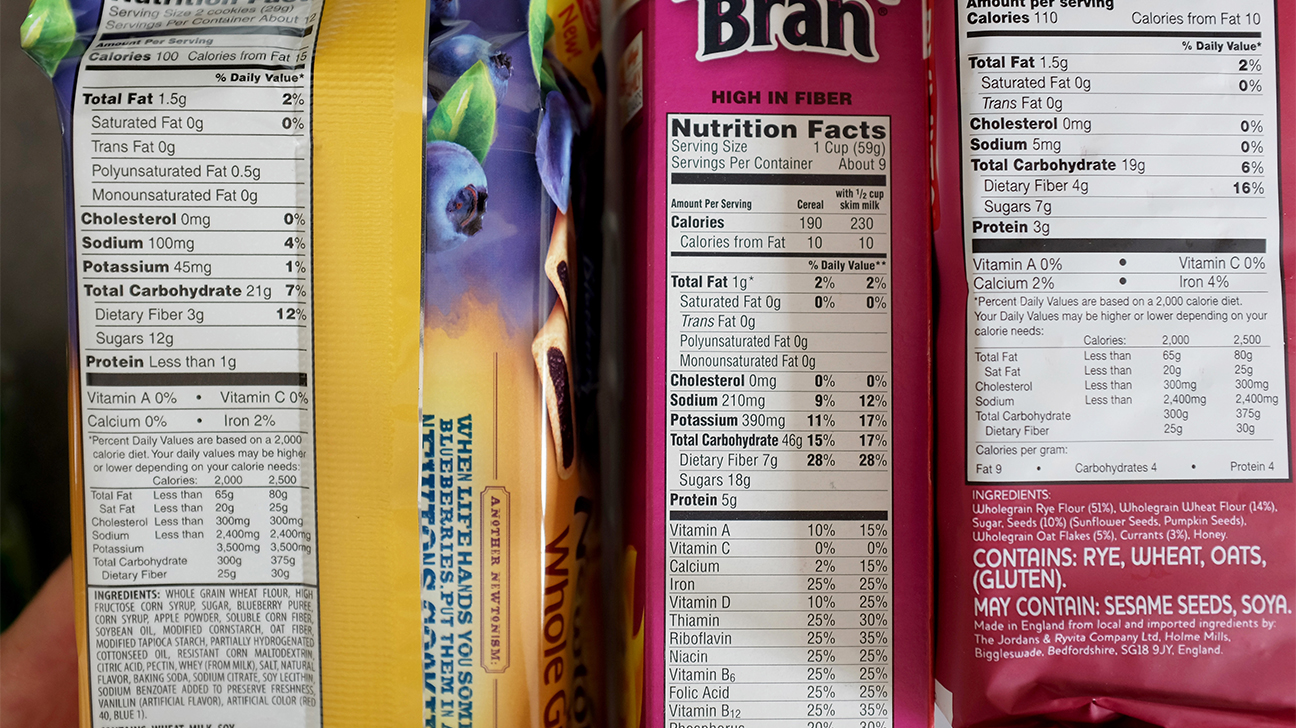- Empty cart.
- Continue Shopping
How to Understand the Nutritional Labels on Foods

Navigating the world of healthy eating can be a daunting task, especially when you’re confronted with a myriad of food options at the grocery store. One tool that can help you make informed choices is the nutritional label found on packaged foods. However, these labels can be confusing if you don’t know what to look for. We’ll break down the key components of nutritional labels and offer tips on how to interpret them for healthier eating.
Key Components of Nutritional Labels
Serving Size
The first thing to note is the serving size, as all the nutritional information on the label is based on this amount. Be aware that the serving size may not correspond to the portion you usually consume.
Calories
Calories provide a measure of how much energy you get from a serving of the food. Pay attention to this number if you’re watching your weight.
Macronutrients
These include fats, carbohydrates, and proteins. Each plays a different role in your body, and understanding the balance between them can help you make healthier choices.
Fats
- Saturated Fats: High intake can raise cholesterol levels.
- Trans Fats: Best to avoid, as they can increase the risk of heart disease.
Carbohydrates
- Fiber: Look for foods high in fiber for digestive health.
- Sugars: Pay attention to added sugars, which can contribute to weight gain and other health issues.
Proteins
Proteins are essential for muscle repair and growth. However, more is not always better, especially if you’re consuming high-fat protein sources.
Micronutrients
These include vitamins and minerals like Vitamin A, Calcium, and Iron. These are usually expressed as a percentage of the daily recommended intake.
Additional Information
Some labels also include information on cholesterol, sodium, and other nutrients. High levels of these can be red flags for those with specific health concerns like high blood pressure.
Tips for Interpreting Nutritional Labels
Compare Products
Use the label to compare similar products and choose the one that aligns best with your nutritional needs.
Look at the Ingredients List
Ingredients are listed in descending order by weight. If unhealthy ingredients like sugar or saturated fats are listed first, it’s a sign that the product may not be the best choice.
Be Mindful of Marketing Claims
Terms like “natural” or “low-fat” can be misleading. Always refer to the nutritional label for the actual nutritional content.
Consider Your Daily Intake
Remember that the percentages on the label are based on a daily intake of 2,000 calories, which may not be applicable to everyone. Adjust accordingly based on your own dietary needs.
Conclusion
Understanding nutritional labels is an essential skill for anyone looking to make healthier food choices. By paying attention to serving sizes, calories, and nutrient content, you can demystify these labels and use them to your advantage. Remember to compare products, scrutinize the ingredients list, and be mindful of your daily nutritional needs. With these tips in hand, you’ll be better equipped to navigate the grocery store aisles and make choices that align with your health goals.








